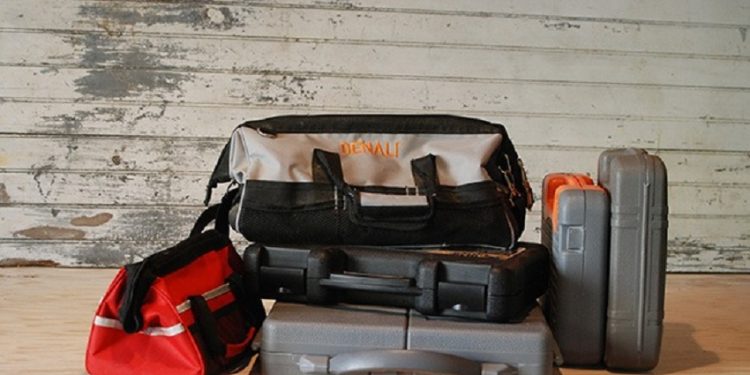
Even with a reliable vehicle, a regular schedule of maintenance and repairs, and a solid plan to take you from point A to point B, you can still suffer accidents, breakdowns, and other unexpected emergencies when you take to the roadways. In such instances, you will be happy that you had the forethought to pack emergency supplies in your car. But what will you need should an emergency situation arise? Here are a few basics you might want to include in your standard emergency kit.
- Water/snacks. If your car breaks down and you end up stuck for a while, having some food and water on hand could make the situation more bearable. In extreme cases, your survival may even depend on it. Imagine, for example, that your car breaks down in the desert and you have to hoof it the nearest rest stop, gas station, or town. Having water on hand will help to ensure that you remain hydrated and healthy. Or what if you get stuck in a blizzard and help can’t reach you for a couple of days? Having food, or at least water at your disposal will ensure that you’re still in good form when help arrives.
- First aid kit. Regardless of what kind of trouble you get into, you could, at some point, require a first aid kit. It should include items like bandages, gauze, tape, scissors, tweezers, antiseptic, aspirin and ibuprofen, a thermometer, and perhaps most importantly, a first aid instruction booklet that tells you how to clean, disinfect, and wrap a wound, how to splint a strain or break, how to perform CPR and the Heimlich Maneuver, and so on. When you find yourself without aid and in need of medical attention, your first aid kit should have all the supplies you need to administer care until help arrives.
- If you’re in the middle of nowhere and your car breaks down, you might not have cell reception, leaving you with no way to call for help or even figure out where you are. And if you have to hoof it, having an up-to-date paper map of the area you’re traveling through can be a major boon. At the very least, you can figure out which direction to go in order to find the nearest town. As an alternative, you could keep a sat phone in the car, but this is bound to be a lot more expensive than a paper map, which you can get for free if you’re an AAA member.
- Weather-related supplies. If you live and/or drive in a wintry locale, it’s a good idea to keep seasonal supplies in the car in case of emergencies. This could include sandbags and a shovel to dig your way out if your car gets stuck in snow, sleet, or mud. But you should also have sub-zero sleeping bags and heat packs amongst your emergency car supplies in order to stave off frostbite and hypothermia should you find yourself stuck in the cold.
- If your car breaks down on the road you need to make sure that you can be seen by other drivers (so as not to cause a roadside accident), as well as by any help that’s coming your way. For this reason you should think about keeping road flares or light bars from LED Outfitters in the car. This will ensure visibility and safety in the event that your car breaks down.
